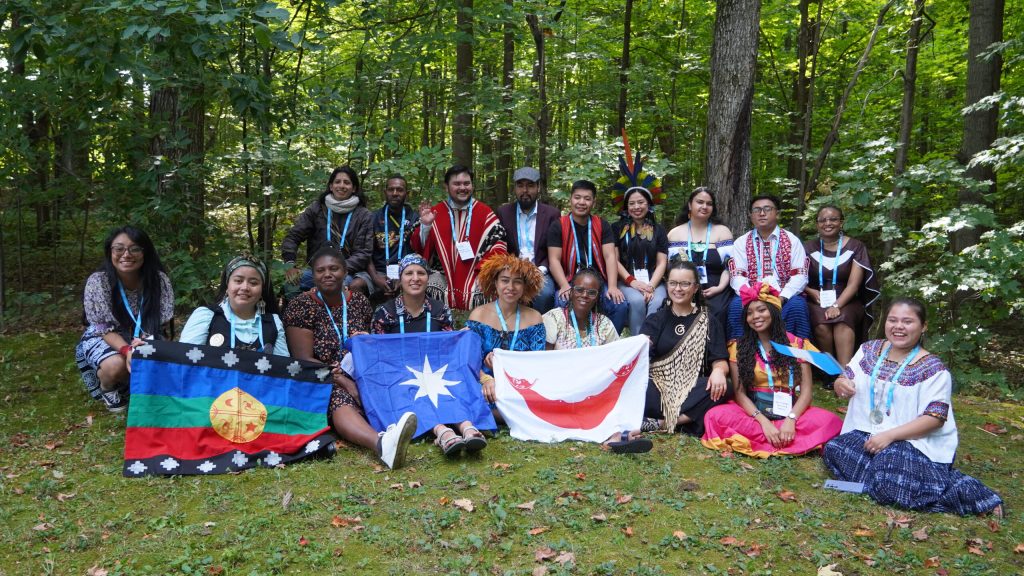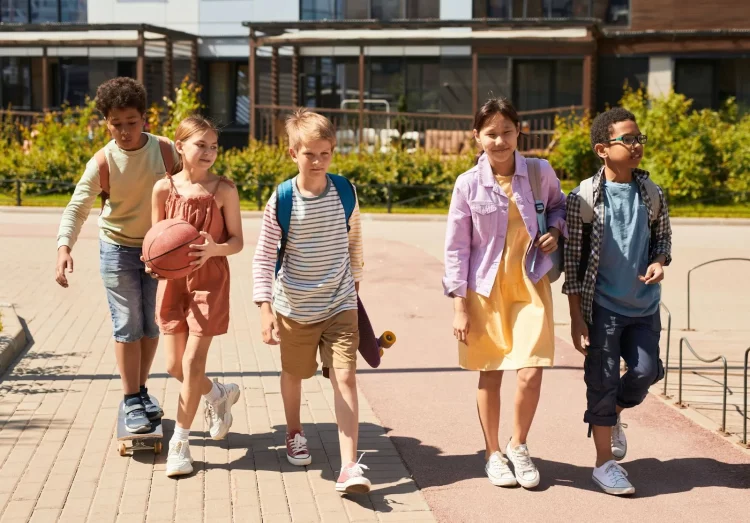Introduction
The 21st century has witnessed unprecedented shifts in how young people form communities, express identities, and engage with culture. Urban environments and digital platforms have become the twin arenas where youth subcultures thrive, often intersecting to create hybrid spaces of social interaction. From streetwear collectives in metropolitan centers to online gaming clans, these “digital tribes” are reshaping the boundaries of belonging and cultural influence.
Understanding youth subcultures in this context requires exploring the dynamics between urban spaces, digital connectivity, and cultural production. This article examines the evolution of youth subcultures, their impact on cities and digital platforms, and the emerging trends shaping their future.
1. Urban Spaces as Cultural Incubators
1.1 Cities as Hubs of Creativity
Urban centers provide physical infrastructure, diversity, and opportunities for cultural experimentation. Neighborhoods with vibrant art scenes, music venues, and public spaces—such as Berlin, Tokyo, and New York—serve as incubators for youth subcultures. Graffiti, street performances, and pop-up art events exemplify how young people claim urban space for self-expression.
1.2 Informal Social Networks
Beyond formal institutions, informal networks—cafés, skateparks, music venues, and co-working spaces—facilitate cultural exchange. These physical spaces complement digital interactions, enabling face-to-face collaboration, mentorship, and shared experiences that strengthen community bonds.
2. Digital Platforms and the Rise of Online Tribes
2.1 Gaming Communities and E-Sports
Online gaming has created global communities where identity, competition, and collaboration intersect. E-sports teams, streaming platforms, and fan forums enable youth to cultivate skills, social networks, and cultural capital in virtual arenas.
2.2 Social Media as Cultural Amplifier
Platforms like Instagram, TikTok, and YouTube function as cultural marketplaces, where trends emerge, spread, and evolve rapidly. Viral challenges, meme culture, and digital storytelling empower young people to contribute to and reshape global culture in real time.
2.3 Hybrid Identities
Digital tribes allow youth to experiment with identities in ways previously unimaginable. Users can adopt avatars, pseudonyms, or alternate personas, negotiating self-expression and social belonging in fluid online spaces.
3. Intersections Between Digital and Physical Spaces
3.1 Pop-Up Culture and Flash Events
Physical manifestations of digital tribes—pop-up stores, street performances, or viral meetups—demonstrate how online and offline worlds converge. These events reinforce identity, visibility, and social cohesion, often becoming catalysts for cultural innovation.
3.2 Urban Festivals and Music Scenes
Music festivals, urban art shows, and cultural gatherings translate digital fandom into tangible experiences. Communities such as K-pop fandoms, hip-hop collectives, or electronic music enthusiasts illustrate the synergy between digital engagement and physical presence.
3.3 Graffiti and Street Art in the Digital Era
Street art has evolved alongside social media. Artists document and share works online, gaining recognition beyond local boundaries. This digital amplification transforms local subcultures into global phenomena while maintaining roots in urban spaces.

4. Social Dynamics and Cultural Implications
4.1 Collective Agency and Activism
Youth subcultures are increasingly linked to social and political causes. Movements like Fridays for Future or climate-focused online campaigns demonstrate how digital tribes mobilize collective action, translating identity into social impact.
4.2 Economic and Entrepreneurial Opportunities
Subcultures also intersect with commerce. Streetwear brands, indie music collectives, and digital content creators transform cultural participation into entrepreneurial ventures, blending passion with economic activity.
4.3 Challenges of Inclusion and Gatekeeping
While these communities foster belonging, they can also enforce exclusivity. Gatekeeping, hierarchical structures, and online harassment pose challenges, requiring careful navigation to maintain healthy, inclusive environments.
5. Global Case Studies
5.1 Tokyo Streetwear and Harajuku Culture
Harajuku’s street fashion exemplifies youth cultural innovation in urban spaces. Local designers, enthusiasts, and media platforms converge to create dynamic subcultures that blend tradition, global influence, and digital amplification.
5.2 Gaming and Digital Tribes in South Korea
South Korea’s e-sports ecosystem illustrates the global reach of digital tribes. Professional teams, online forums, and streaming platforms foster a sense of belonging, professional development, and identity formation among youth.
5.3 K-Pop Fandoms and Global Digital Communities
K-pop fandoms leverage social media to organize, produce content, and influence global trends. These communities exemplify the hybridization of digital and physical spaces, creating collective identities that transcend geographic boundaries.
6. Emerging Trends and Future Directions
- Augmented and Virtual Reality Spaces: VR and AR platforms will provide immersive experiences, enabling youth to interact in digital environments with lifelike social dynamics.
- Cross-Cultural Collaboration: Digital connectivity facilitates collaborations across borders, encouraging hybridized cultural forms and shared creativity.
- Data and Algorithmic Influence: Platforms increasingly shape youth culture through recommendation algorithms, creating both opportunities for discovery and risks of homogenization.
- Sustainability and Social Responsibility: Subcultures may increasingly adopt ethical and environmental consciousness as defining values, reflecting broader societal trends.
Conclusion
Youth subcultures in the 21st century exist at the intersection of urban spaces and digital platforms. They are dynamic, participatory, and influential, shaping identities, cultural norms, and social engagement. As “digital tribes” continue to evolve, their impact on global culture, commerce, and social discourse will only grow.
Understanding these communities provides insights not only into youth behavior but also into the broader forces shaping contemporary culture. By fostering inclusive, creative, and responsible spaces—both online and offline—society can harness the energy, innovation, and agency of youth to drive cultural vitality and social transformation in the decades ahead.
















































